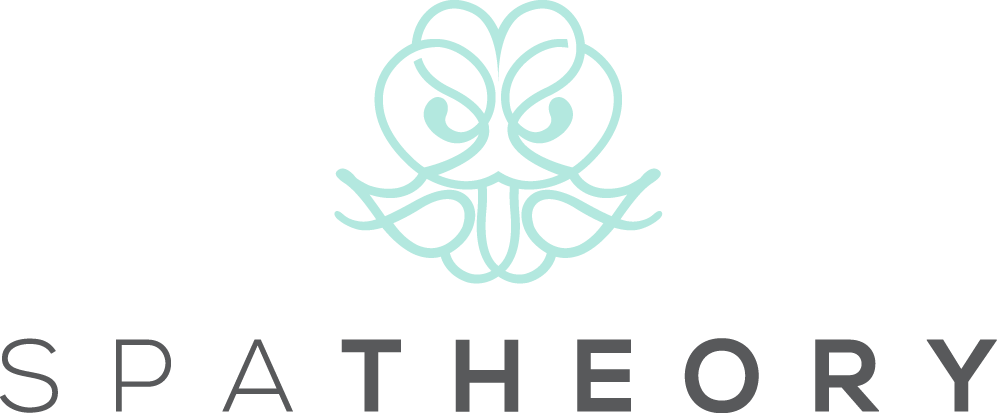History of Massage Therapy: Exploring the Ancient Origins
As our modern world feels busier and more hectic than ever, it’s normal for us to often find solace in traditions that stretch back across millennia. One such time-honored practice that serves as a refuge in today's fast-paced world is massage therapy, which appears to transcend fleeting wellness trends and reach deep into the annals of human history. But who invented massage therapy? The journey through the history of massage therapy is a testament to our ancestors' knowledge of the human body and their instinctual need for touch - so let’s explore the origins of ancient massage.
What is Massage Therapy?
Massage therapy is an ancient healing wellness practice involving the manipulation of soft body tissues—muscle, connective tissues, tendons, ligaments, and skin—to enhance a person's health and well-being. It encompasses a range of techniques, from gentle strokes to more targeted pressure, each with its unique healing virtues.
From deep tissue massage to a relaxing Swedish massage from an in-home massage therapist in Miami, this ancient practice can help promote both physical and emotional healing and wellness.
Who Invented Massage Therapy?
Tracing the origins of who invented massage therapy is slightly complex, as the practice seems to spring simultaneously from various ancient civilizations. In fact, no single individual or culture can claim the sole invention of massage therapy; it seems our ancestors, despite geographical distances and cultural differences, recognized the value of touch for healing and comfort.
That being said, one of the earliest known references to massage can be found in the tomb of Akmanthor, also known as "The Tomb of the Physician," in Saqqara, Egypt, dating back to 2330 BC. The tomb paintings depict individuals undergoing foot and hand massage, indicating the therapeutic use of touch in the ancient Egyptian civilization.
Understanding Ancient Massage Therapy
Meanwhile, around 2700 BC, ancient Chinese texts documented the medical benefits of "massa," the Chinese term for massage. The famous Yellow Emperor's Classic of Internal Medicine, one of the oldest known medical texts, described the therapeutic use of massage for a variety of ailments. The Chinese intertwined spirituality, medicine, and martial arts to develop massage techniques, many of which form the basis of modern practices.
Simultaneously, across the globe, India was laying the foundations of Ayurveda, a holistic system of medicine that integrated massage as a key therapeutic component. Ayurvedic texts, dating back to 1500 BC, extol the virtues of "Abhyanga," a form of full-body massage using oil, to maintain health and stimulate the body's inherent healing capacities.
The confluence of these civilizations' knowledge and the natural human instinct for healing touch formed the rich tapestry of the ancient history of massage therapy. However, each culture imbued the practice with its unique philosophies, yielding a multitude of massage techniques that continue to evolve and shape the massage therapy we know today.
Massage Therapy Through the Ages
As we move forward in history, we find that massage therapy continued to evolve, influenced by the philosophies and medical advancements of each era:
Greeks and Romans
The Greeks and Romans, renowned for their bathhouses, also integrated massage into their health and wellness practices: Hippocrates, often referred to as the "Father of Modern Medicine," described the benefits of rubbing and friction for joint and circulatory problems around 460 BC.
Middle Ages
Fast forward to the Middle Ages: while massage therapy took a back seat in Europe due to the influence of the Church, it was thriving in the East. The Japanese developed Shiatsu, a massage style that focuses on pressure points to correct imbalances and promote health - a practice which is still performed all over the world today.
The 20th Century
The renaissance of massage therapy in the West didn't occur until the 19th century when Swedish doctor Per Henrik Ling developed a system of movements that formed the basis for Swedish Massage, arguably the most popular massage style today. The 20th century saw massage therapy gain scientific credibility, and it became integrated into sports medicine and healthcare for its myriad benefits.
The Bottom Line
Born out of our innate understanding of touch as a form of healing, massage - in all its forms - has traversed through civilizations, continents and more, adopting the wisdom of each era and culture and becoming a cherished practice in all corners of the world. Today, massage therapy stands as a testament to our ancestors' profound understanding of the human body and spirit - we’re not so different to them after all, huh?
Whether it's a Swedish massage in a spa, a Shiatsu session in a wellness center, or a self-performed Ayurvedic Abhyanga at home, going for a massage means participating in a tradition that predates recorded history. So next time you’re headed off your weekly wellness session, know that you’re making - and honoring - history!

